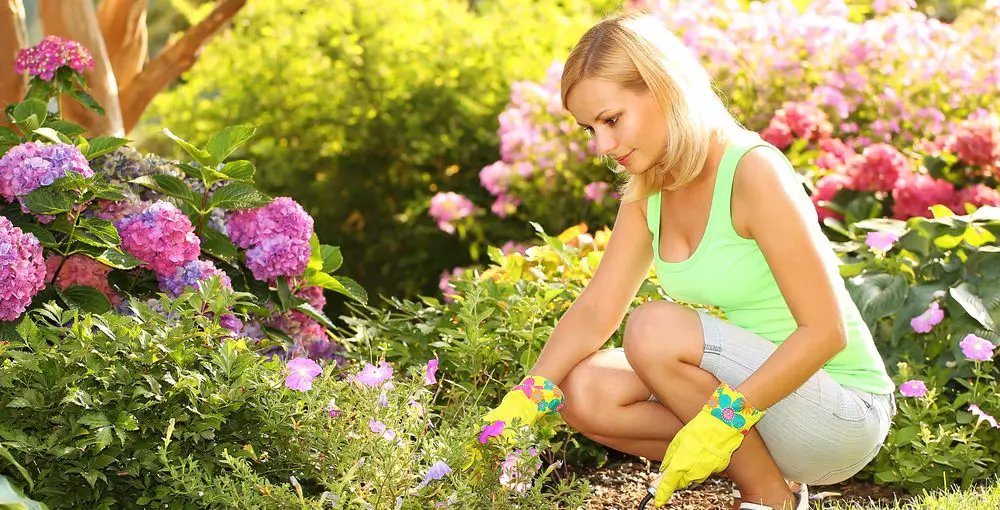How to Start Seeds Indoors
Discovering the process of initiating seed growth indoors can unveil an entire new dimension in gardening. By mastering the art of seed starting on your own, you possess the capability to cultivate a diverse array of vegetables and ornamental plants at a significantly reduced expense compared to purchasing mature plants. With the right knowledge, the majority of plants can be successfully germinated indoors from seeds. Here is the method to embark on indoor seed germination for any type of seed.
Read the Seed Packet
Most seeds need to be started indoors six to eight weeks before your last frost. Before you plant a seed indoors, read the seed packet carefully. Different kinds of seeds need different growing conditions or preparation in order to sprout and grow successfully. For example, some seeds, like poppies or petunias, need light to germinate, so they should be sprinkled on the surface of the soil rather than buried. Other seeds, like tomatoes and peppers, need warm soil conditions to germinate. Seeds like nasturtiums need to be scored or soaked in water (or both) to germinate. Some perennial seeds even need to be stratified in the refrigerator before they’ll germinate.
Follow the instructions printed on the seed packet to give your seeds what they need to grow. Note that some fast-growing plants, like beans and corn, can be sown directly into the garden, while others, like tomatoes and peppers, need to be started indoors.
Prepare Your Seed Starting Mix
Newly sprouted seedlings get all of their nutrients from the seed itself and from the cotyledons, the small, leaflike structures that emerge when the seed first sprouts. They don’t need the organic material often found in soil, and in fact, that kind of organic material can make seedlings vulnerable to fungal diseases. Start your seeds in a soilless growing medium. Seed starting mix is recommended.
Plant the Seeds
To plant your seeds, fill up peat pots or plant starters (plastic or peat trays with small cells for starting seeds), with a damp, soilless seed starting mix. Dampen the mix by putting it in a large container and spraying it with a water bottle. The mix should be about as wet as a wrung-out sponge.
Once your peat pots or plant starters are full of seed starting mix, plant your seeds. A good rule of thumb is to plant seeds two to three times as deep as they are wide, but follow the instructions on your seed packet.
Keep Your Growing Area Humid and Warm
While you’re waiting for your seeds to sprout, keep your growing area humid and warm. Cover your peat pots or plant starter trays with plastic to trap in moisture. Keep the peat pots or starter trays in a room that’s 65 to 70 degrees Fahrenheit. You may want to consider using heat mats to keep your seed starting mix warm, because many plants, like tomatoes, will sprout and grow best if the soil is above a certain temperature.
Watch for Growth
Once your seedlings begin to sprout, remove the plastic covers. Your seedlings won’t need light right away – they won’t start photosynthesis until they grow their first pair of true leaves.
Keep the Seedlings Moist
You need to keep your seedlings moist, but not too moist. You can water your seedlings by misting them with a water bottle. You can also bottom-water your seedlings. Place the peat pots or seed starter trays on a dish and pour a small amount of water onto the dish. The soil will absorb it. Repeat this process until the top of the soil is damp. It should take about 10 to 30 minutes to fully bottom-water your seedlings.
Fertilize Your Seedlings
Once your seedlings have grown their first pair of true leaves, they’ll start needing to get nutrients through their roots. Mix water-soluble fertilizer to half strength and give them a small amount every two weeks. You can put it in a water bottle and mist it on to prevent getting the seedlings too damp. If your seedlings get too damp, they could succumb to damping off disease, a fungal disease that rapidly kills young plants.
Pot Up Larger Seedlings
Once your seedlings have grown several pairs of leaves, you can pot them up into a larger pot. Choose a peat pot three to four inches wide. You can use potting soil for this, since your seedlings will now be able to use the nutrients in soil.
Cull Your Seedlings
When starting seeds, you’ll usually plant two to three larger seeds or three to five smaller seeds in one peat pot or seed starter cell. This will leave you with multiple seedlings per pot or cell, and you’ll need to cull them by removing the smaller, weaker seedlings and leaving the largest, strongest seedling. Cull the smaller seedlings by snipping them off at the soil level with a pair of scissors. Don’t pull them – this could uproot or damage the strong seedling you want to keep.
Harden Off Before Planting
Before your transplant your seedlings into the ground or into outdoor containers, harden them off. Place them outside in indirect sunlight, as long as the outdoor temperature is above about 50 degrees Fahrenheit. Start with a few hours a day, and gradually increase the time your seedlings are outside each day, until, after about two weeks, they are able to stay outside all day and all night long (as long as the temperature is above 50 degrees Fahrenheit). Don’t put young seedlings outside to harden off if it’s windy; while gentle breezes can strengthen seedlings, a strong wind can be too much for them.
Transplant Your Seedlings
Once you have finished the hardening-off process, your seedlings are ready to plant in the garden or in outdoor containers. Enjoy!


